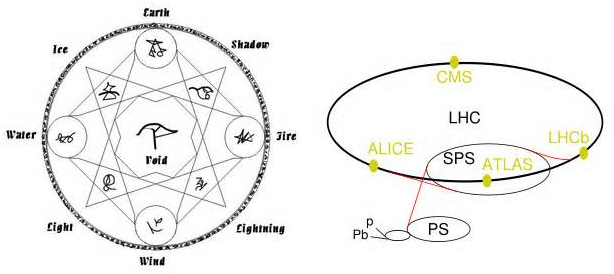| Do
You Believe in Magick Part 19 CERN EXPERIMENTS What kind of Magick are they working in Switzerland? http://home.cern/about/experiments |
 |
| Do
You Believe in Magick Part 19 CERN EXPERIMENTS What kind of Magick are they working in Switzerland? http://home.cern/about/experiments |
 |
















 DIRAC
The Interware
DIRAC
The Interware


Continued in Part 20 - More CERN